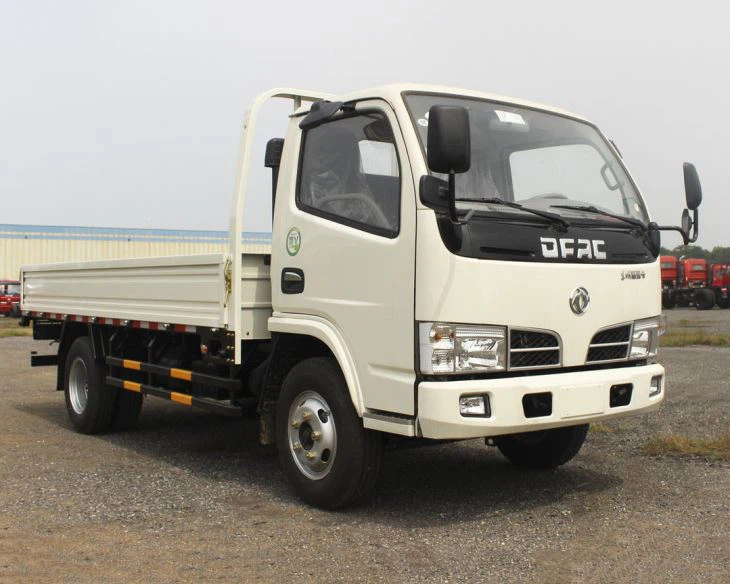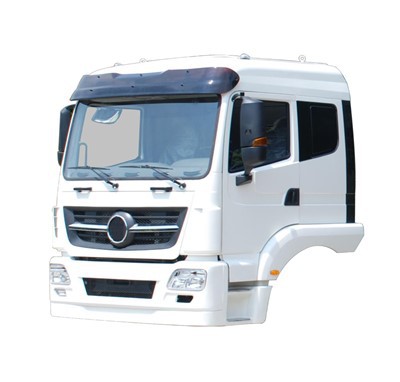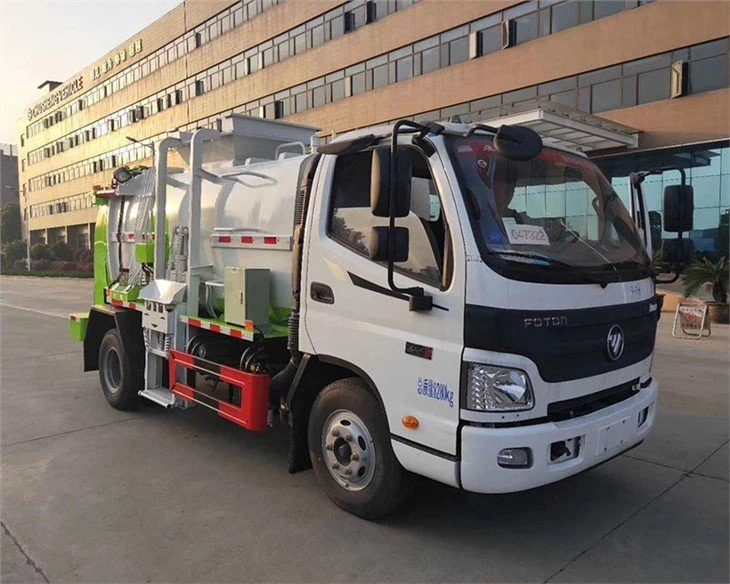Understanding Mini Ladder Trucks: A Comprehensive Guide

Introduction
In the world of firefighting and emergency response, mini ladder trucks have emerged as essential tools that enhance the safety and effectiveness of operations. Compact yet highly functional, these vehicles are designed to navigate through tight spaces while providing the necessary equipment and capabilities for firefighting, rescue, and emergency medical situations. This article delves into the intricacies of mini ladder trucks, exploring their features, benefits, and practical applications across various environments.
What is a Mini Ladder Truck?
A mini ladder truck is a specialized type of fire apparatus that features a shorter chassis, making it ideal for urban environments where larger fire trucks may struggle to access tight spaces. These vehicles typically come equipped with a telescoping ladder, water tanks, pumps, and various firefighting tools, enabling them to tackle various emergencies effectively.
Key Features of Mini Ladder Trucks
- Compact Size: Designed to move easily in congested urban areas or narrow streets.
- Telescoping Ladder: A versatile ladder that can reach high elevations while maintaining stability.
- Advanced Pump System: Offers robust water flow capabilities for effective firefighting.
- Versatile Equipment Storage: Designed to hold essential firefighting gear and tools.
Benefits of Mini Ladder Trucks
Mini ladder trucks provide numerous advantages, making them an attractive choice for many fire departments and emergency responders.
1. Enhanced Maneuverability
Due to their compact size, mini ladder trucks can navigate through narrow streets and tight corners, allowing firefighters to reach emergencies that larger trucks cannot.
2. Cost-Effective
These vehicles are generally less expensive to purchase and maintain than traditional fire engines. Their fuel efficiency also contributes to lower operating costs.
3. Quick Response Time
Mini ladder trucks allow for faster deployment, especially in urban settings where time is critical. Their ability to fit into small spaces ensures they can get closer to the scene quickly.
4. Multifunctional Use
In addition to firefighting, mini ladder trucks can be used for rescue operations, quick medical response, and even community events, making them versatile assets for emergency services.
Types of Mini Ladder Trucks
There are several types of mini ladder trucks available, each tailored for specific needs and environments.
1. Type I Mini Ladder Trucks
These trucks are heavily equipped with firefighting gear, including large water tanks, hose reels, and advanced pump systems. They are suited for urban firefighting and rescue operations.
2. Type II Mini Ladder Trucks
Type II models prioritize maneuverability and lightweight designs, often featuring smaller load capacities. They are perfect for quick response teams and EMS support.
3. Custom Mini Ladder Trucks
Many manufacturers offer customizations to create mini ladder trucks tailored to unique operational needs, including specialized equipment or enhanced storage options.
Practical Applications of Mini Ladder Trucks
Mini ladder trucks serve a variety of functions across different sectors, each enhancing safety and effectiveness in emergency situations.
1. Urban Firefighting
Fire departments in urban areas often rely on mini ladder trucks for their ability to reach high-rise buildings and navigate congested streets quickly.
2. Search and Rescue Operations
These trucks are invaluable in rescue operations, specifically in finding victims trapped in hard-to-reach locations, such as collapsed structures.

3. Emergency Medical Services
Equipped with medical supplies and equipment, mini ladder trucks assist in rapid emergency medical responses in critical situations.
4. Community Engagement and Services
Fire departments may use mini ladder trucks for community outreach, fire safety demonstrations, and public events to educate the public about fire safety.
Considerations When Choosing a Mini Ladder Truck
Selecting the right mini ladder truck entails considering several factors that affect performance and suitability for specific environments.
1. Size and Capacity
Evaluate the size of the truck and its ladder reach to determine if it meets the requirements for your area of operation.
2. Equipment Compatibility
Ensure the mini ladder truck can accommodate the necessary firefighting and rescue tools your department requires.
3. Budget Considerations
Assess purchase costs, maintenance expenses, and operational budgets to find a mini ladder truck that aligns with financial constraints.
4. Manufacturer Reputation
Research manufacturers to select a truck from a reputable company known for quality and reliable service support.
Maintenance and Care for Mini Ladder Trucks
Regular maintenance is crucial for ensuring the safe and efficient operation of mini ladder trucks. Here are some essential maintenance practices:

1. Routine Inspections
Perform daily checks on the truck’s fluid levels, battery function, and ladder mechanics to spot potential issues early.
2. Scheduled Servicing
Follow a regular servicing schedule recommended by the manufacturer to maintain optimal vehicle performance.
3. Cleaning and Upkeep
Keep the exterior and interior of the mini ladder truck clean and organized, ensuring that firefighting equipment remains accessible.
Maintenance Checklist
| Maintenance Task | Frequency |
|---|---|
| Check Fluid Levels | Daily |
| Inspect Ladder Mechanisms | Weekly |
| Change Oil and Fluid Filters | Every 6 months |
| Full Vehicle Inspection | Annually |
Challenges Faced by Mini Ladder Trucks
While mini ladder trucks are beneficial, they also face specific challenges that can impact their performance.
1. Limited Capacity
Due to their compact design, mini ladder trucks may carry less water and fewer supplies than larger fire engines, limiting their capabilities in extensive firefighting scenarios.
2. Height Limitations
The ladder height may not suffice for very tall buildings, which could pose a challenge during high-rise emergencies.
3. Resource Availability
Some departments may not have access to specialized mechanics familiar with the unique needs of mini ladder trucks, leading to potential service delays.
Mini Ladder Trucks in Different Regions
The implementation and usage of mini ladder trucks can vary based on geographic and demographic factors. Let’s explore regional variations.

1. Urban vs. Rural Settings
Fire departments in urban settings rely heavily on mini ladder trucks due to their narrow streets. Rural departments may use them for lighter duties but often depend more on larger vehicles.
2. International Usage
Countries with limited fire infrastructure may find mini ladder trucks particularly useful, providing an effective firefighting solution without high costs.
FAQs About Mini Ladder Trucks
1. What is the average cost of a mini ladder truck?
The cost of a mini ladder truck can vary significantly based on features and customization, typically ranging from $200,000 to $500,000.
2. How often should mini ladder trucks be serviced?
Routine inspections should be performed daily, while a comprehensive service should occur at least once a year or as recommended by the manufacturer.
3. What is the maximum height of a typical mini ladder truck?
Most mini ladder trucks can reach heights between 50 to 75 feet, depending on the specific model and configuration.
4. Can mini ladder trucks be used for rescue operations?
Yes, mini ladder trucks are well-suited for rescue operations, particularly in urban environments where access may be limited.
5. How do mini ladder trucks compare to larger fire engines?
Mini ladder trucks are more maneuverable and cost-effective but may have limited water capacity and height reach compared to larger fire engines.
6. Are mini ladder trucks used globally?
Yes, mini ladder trucks are used in various countries around the world, particularly in urban areas with space constraints.
